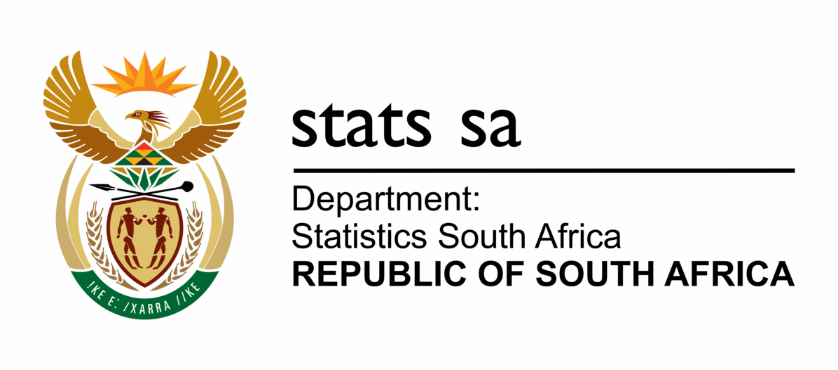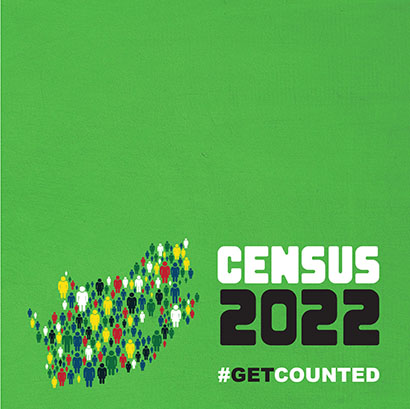Release of Poverty Trends Report (2006 to 2011) and the launch of the South African Multidimensional Poverty Index (SAMPI)
MEDIA INVITE Release of Poverty Trends Report (2006 to 2011) and the launch of the South African Multidimensional Poverty Index (SAMPI) The Statistician-General, Pali Lehohla, will release a report on Poverty Trends (Report 03-10-06) on Thursday April 3. The report will review trends in poverty and inequality between 2006 and 2011 drawing on data collected read more »

Inflation just under the South African Reserve Bank (SARB) target ceiling
Consumer inflation edged up to 5,9% in February, just under the SARB target ceiling of 6%, from the 5,8% recorded in January. The monthly increase was 1,1%. There were three main groups contributing to the upward pressure this month – food, petrol and health insurance. Food and non-alcoholic beverages inflation increased to 5,4%, from 3,5% read more »

South Africans willingly put on their walking shoes
It would appear that South Africans are quite happy to wear out their shoe leather by walking to nearby destinations. Across all provinces, the majority of respondents indicated that they used their own energy to get to where they were going if their destination was nearby. Northern Cape had the lowest percentage of travellers who read more »

South Africans are living longer
The mid-year population estimates are used to account for population change during the period between Censuses and usually takes place at the mid-year point. This is usually done annually, rather than over a period of time as is the case with census, which is conducted after every 5 or 10 years. This year’s mid-year population read more »

What are South Africans dying of?
Statistics South Africa (Stats SA) has released a report dealing with Mortality and Causes of Death in South Africa. The release is based on data obtained from deaths that occurred in 2010 and were registered at the Department of Home Affairs. Starting in 2007, less people have been dying read more »

What do South Africans spend their money on
Statistics South Africa conducts an Income and Expenditure Survey (IES) every 5 years. The IES seeks to establish what South Africans spend their money on, so that the basket of goods which makes up the Consumer Price Index (CPI), used to calculate the inflation rate, can be updated. The last IES was conducted between September read more »

National government spending breaks the R2 trillion mark
The South African national government spent R2,04 trillion1 in the 2022/23 financial year, representing a rise of 6,1% from R1,92 trillion in 2021/22. Stats SA’s latest set of national government financial data shows how these funds were distributed. Just over half of total expenses in 2022/23 was allocated to grants paid to other levels of government, institutions read more »
Mbalo Brief – June 2024
For many years, South Africa (SA) has been operating two healthcare parallel systems . These being the private healthcare system and public healthcare system which have been operating in tandem to one another. This is now in the past after President Cyril Ramaphosa signed the National Health Insurance (NHI) Bill into law on 15 May read more »

Trends in Youth Educational Attainment
June 16 is Youth Day in South Africa, commemorating the sacrifice paid by the youth who participated in the Soweto uprising in 1976. The day is also recognised as the Day of the African Child on the African continent and celebrated every year. The theme for the year is “To educate an African Child Fit read more »

Economic wrap-up for May 2024
Stats SA published 24 releases in May, with many providing a preliminary overview of economic performance in the first quarter (January–March). Key industries down in the first three months of the year Mining, manufacturing, electricity, construction, retail trade, motor trade and road transport were weaker in the first quarter of 2024 compared with the fourth read more »



